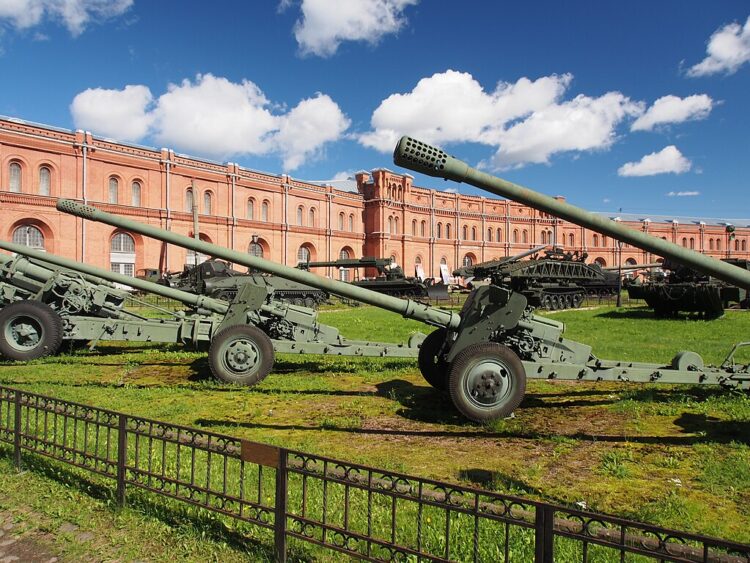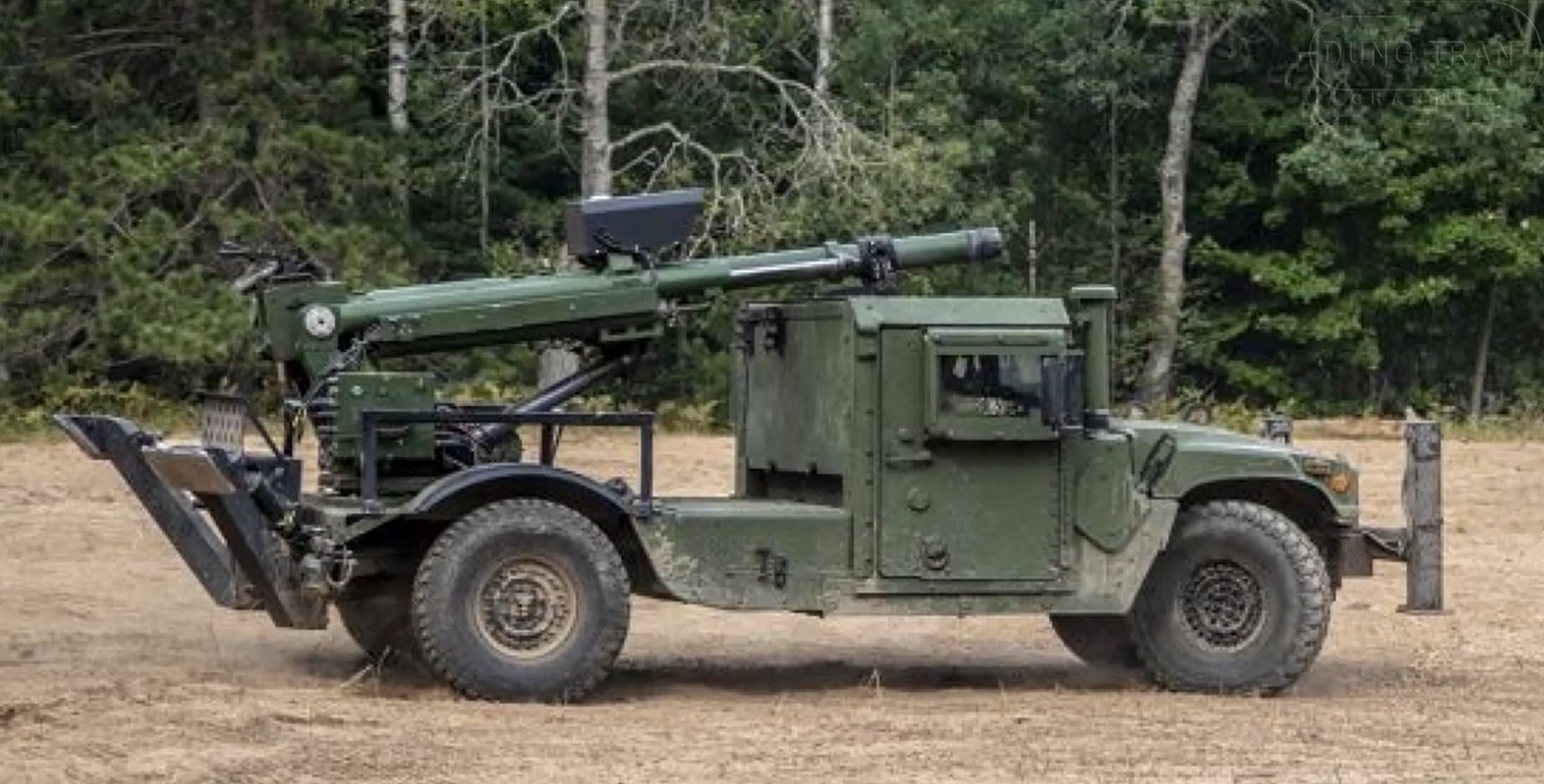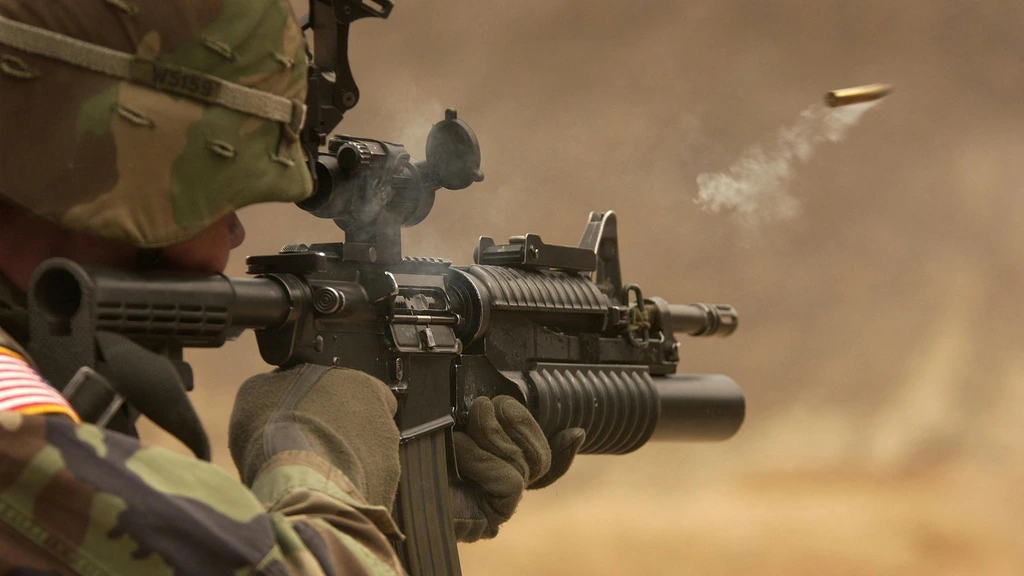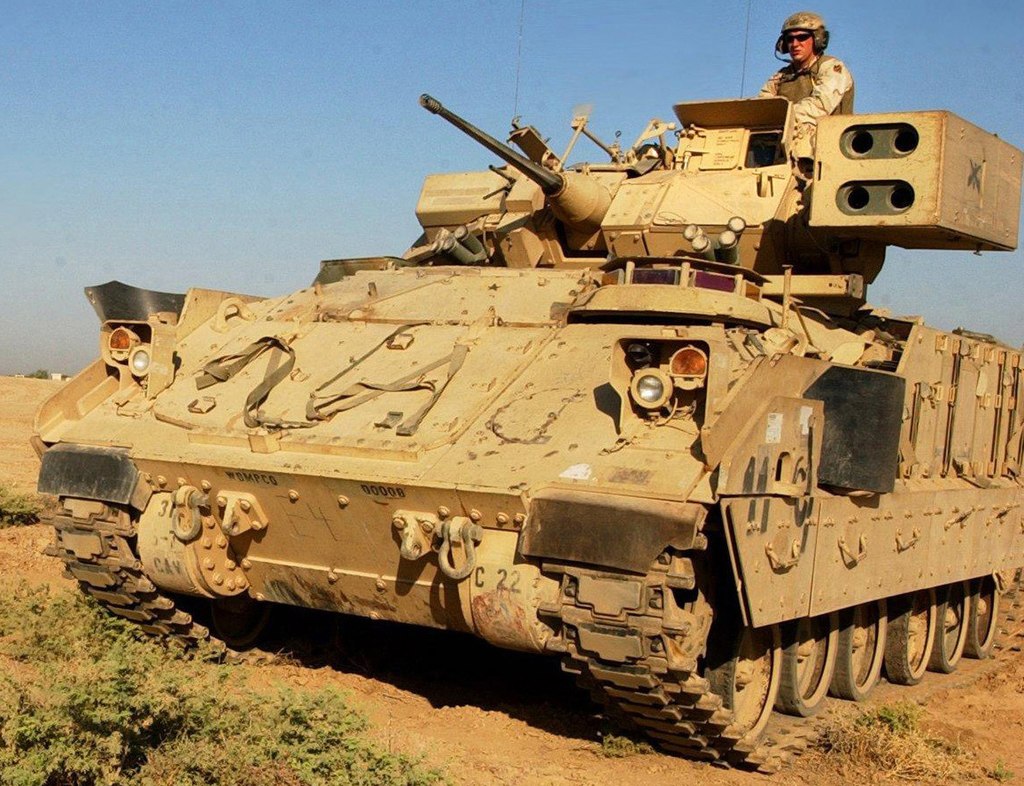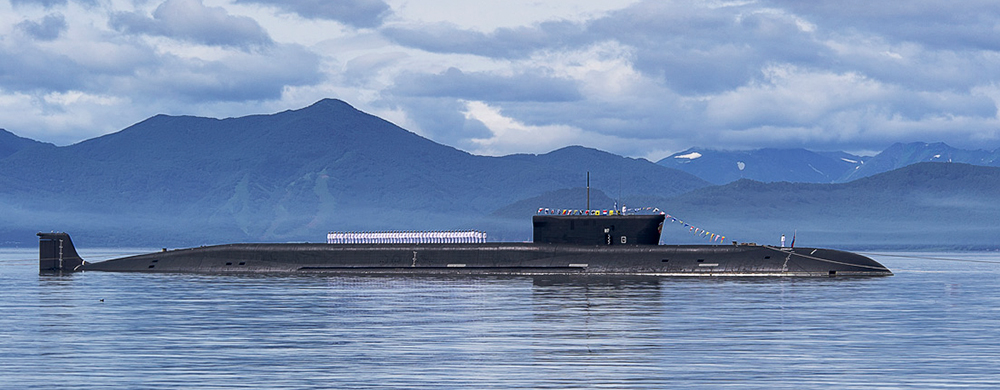Introduction
The T-12 Anti-Tank Gun was a Soviet weapon developed in the 1960s. It was designed to provide tactical firepower against enemy armored vehicles, particularly tanks. The T-12 was a formidable weapon that played a significant role in the Soviet Union’s military strategy.
Specifications
| Parameter | Value |
|---|---|
| Weight | 1,600 kg |
| Length | 11.4 m |
| Caliber | 100 mm |
| Rate of Fire | 6 rounds per minute |
Design and Development
The T-12 was developed to replace the aging T-10 Anti-Tank Gun. It featured several improvements and enhancements that made it a more effective weapon on the battlefield. The gun had a longer barrel that provided increased muzzle velocity, allowing it to penetrate thicker armor.
Tactical Capabilities
The T-12 was highly effective against enemy tanks. Its 100 mm APDS (Armor-Piercing Discarding Sabot) rounds had excellent armor penetration capabilities. The gun’s range was around 4,000 meters, making it ideal for engaging armored targets at medium to long distances.
One of the key features of the T-12 was its mobility. It was mounted on a wheeled carriage, allowing for easy transportation and quick deployment on the battlefield. This mobility gave the Soviet forces a significant advantage, as they could quickly position the gun in strategic locations and engage enemy armored units.
In Combat
The T-12 proved its effectiveness in combat during several conflicts, such as the Soviet-Afghan War and the Iran-Iraq War. It played a vital role in countering enemy tank offensives and provided support to ground troops during offensive operations.
During the Soviet-Afghan War, the T-12 was used extensively against Afghan mujahideen fighters, who often utilized hit-and-run tactics against Soviet forces. The T-12’s long-range and high-accuracy made it an invaluable asset in neutralizing hidden enemy positions and eliminating threats to the Soviet occupation forces.
Legacy
The T-12 Anti-Tank Gun had a significant impact on Soviet military strategy. Its high mobility, range, and armor penetration capabilities made it an essential component of the Soviet Union’s anti-tank defense. The T-12 was eventually replaced by more advanced anti-tank systems, but it remains an important part of military history.
Conclusion
The T-12 Anti-Tank Gun was a formidable Soviet weapon that provided tactical firepower against enemy armored vehicles. Its mobility and high armor penetration capabilities made it a valuable asset on the battlefield. Although it has been replaced by more advanced systems, the T-12 remains a testament to the Soviet Union’s engineering prowess and military might.
